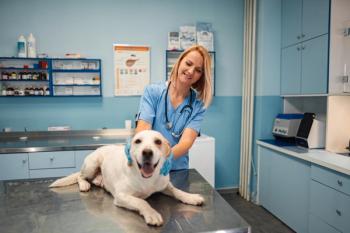
Toxic coworkers: When bark is as bad as bite
When conflict festers and communication is angry or chilled, patients, clients and team members suffer. If you dont believe its true, youre in the minority in veterinary practice. Look at the numbers, thoughts from your colleagues in the survey, and insights from our resident emotional intelligence guru Shawn McVey, MSW.
Shawn McVey's take
"Conflict that is not embraced or managers can absolutely harm patients or the workplace environment."
Need examples?
Respondents said:
> “Poor communication affects ongoing and chronic cases.”
> “When people are already dealing with frustration and anger, there's no more patience to spare and people are more harsh with their patients.”
> “Employees walk out because of problems with other employees, leaving the clinic short-handed.”
Need examples?
Respondents said:
> “Clients pick up on the unrest and sometimes stay away.”
> “We see inappropriate language in front of clients and yelling at other staff members when clients can see them.”
> “Frequently, drop-offs are overlooked, pet owners aren't called, and appointments get backed up.”
Shawn McVey's take
“This is fight or flight in action. A lot of flight behavior looks like this: ‘I only want to work with this person' or ‘Lalala, I'm not paying attention! I'm just doing my own thing!' Battle lines get drawn in practice based on who can tolerate me and who can I tolerate.”
Need examples?
One respondent said: “Conflicting instructions and expectations often lead to the patients not getting cared for as well as they should be, because technicians are worried about doing small cleaning and administrative tasks that the practice manager focuses on, rather than client and patient care.”
Want to read more about what toxic teams are, why they're damaging to team members, patients and pet owners ... and how you can help fix them?
Newsletter
From exam room tips to practice management insights, get trusted veterinary news delivered straight to your inbox—subscribe to dvm360.






